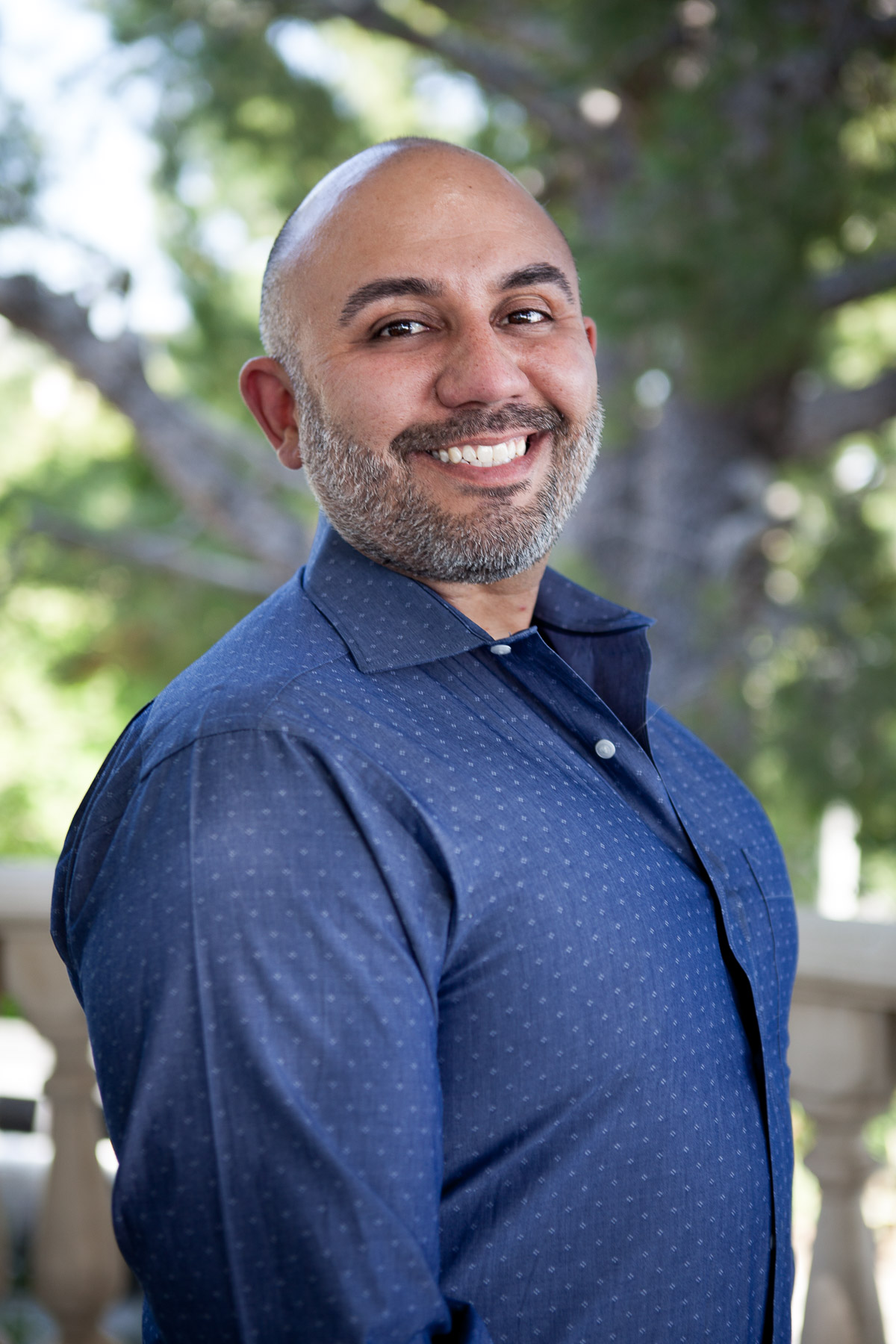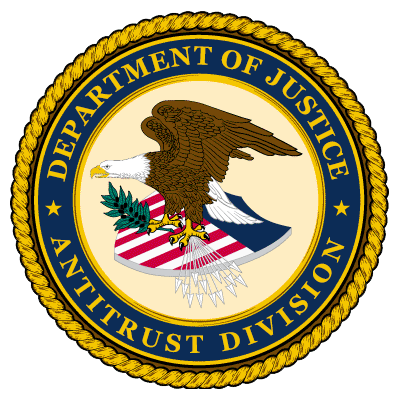Cannabis extraction and manufacturing is big business in California with companies expanding brands into additional states as they grow. This is the third article in a series where we interview leaders in the California extraction and manufacturing industry from some of the biggest and most well-known brands.
In this week’s article we talk with Joaquin Rodriguez, chief operations officer at GenX Biotech. Joaquin was introduced into the cannabis industry through a close personal relationship and has spent seven years researching and navigating the cannabis market before jumping into his career with GenX Biotech. The interview with Joaquin was conducted on August 4, 2020.
Next week, we’ll interview Michael Schimelpfenig, head of R&D and BHO extraction manager at Bear Extraction House. Stay tuned for more!
Aaron Green: Hi Joaquin! I appreciate you taking the time to chat today. I’m glad we were able to connect!
Joaquin Rodriguez: Absolutely! I’m looking forward to it.
Aaron: Me too! So, I like to start off the interview with a background question so people get a chance to know about you better. How did you get involved with GenX Biotech?

Joaquin: I went to school at Cal Poly for mechanical engineering and spent some time in the oil industry. In 2011 I was introduced to who would be the future founder of GenX Biotech, Shea Alderete. I spent 7 years diving into cannabis industry to better understand the landscape and Prop 215 (California’s Compassionate Use Act of 1996) and then Prop 64. In late 2017, I joined GenX Biotech to spearhead the acquisition of licensing and scale up distillate manufacturing.
Aaron: Awesome. My next questions are focused on product development. What is your decision process for starting a new product at GenX Biotech?
Joaquin: Our founder, Shea Alderete, is an innovator in product development. He specializes in formulations and new formulas for vape products. We are big on gathering empirical data. In any new product we will run a small batch and test first with heavy cannabis users to gauge their reaction to the product. We will then test with light cannabis users and finally new cannabis users so we get the full spectrum of user experiences. Throughout the process, we are gathering empirical data on things like taste and perceived therapeutic effects.
Aaron: Are you personally involved in manufacturing? Tell me about your process.
Joaquin: I am, yes. We specialize in large scale distillate manufacturing to make THC oil and we formulate batches using cannabis-derived terpenes. This what we call Sauce, a full spectrum high-terpene extract obtained from a butane hash oil (BHO) process. This is a separate extraction method from our alcohol extraction process.
Aaron: Very insightful! What is your process for developing new products?
Joaquin: GenX Biotech’s core mission is to bridge the gap between cannabis culture and the science behind cannabis. We focus more on therapeutic effects as well as recreational. We keep a pulse on the industry as a whole to see what people are doing and saying as well as new extraction methods. When we capture that data we evolve and adapt and create new formulations based on that preference and test it out. It’s a constant game of “does this look good? taste good? make you feel good? how is the potency?” It’s really a big collaboration with our end users.
We will also collaborate with other brands and manufacturers to stay ahead of the curve, share information that can make us a better company, more power in numbers is what we say. As an example, Wonderbrett is known for their high-quality flower. They have a high-end product and high-end brand recognition. We would, for example, strategize and collaborate together to utilize a unique cannabinoid and terpene profile and test that with our vape products in the market. It’s more of a collaboration than a white label relationship. In this way, Wonderbrett can expand into the extracts space via their brand. We do this with other brands as well where we’ll use their raw material and joint market the brands on the final product.
Aaron: Fantastic. Are you developing new products internally?
Joaquin: We develop all our products 100% internally.
Aaron: Do you ever bring in external product development consultants?
Joaquin: Not for products, however there are certain situations, like hardware development, where we will work with outside groups that specialize in equipment manufacturing to create something specific and one off for us. We are currently working on bringing to the market an FDA-approved inhaler technology device that is a non-combustible metered delivery device that we are really excited about. In addition, we have an incubator program with our LA partners to introduce new brands to the market which is a great asset for consulting brands looking for a home and multistate resources.
Aaron: Very cool, that’s the first I have head of inhalers in the market. For my next question feel free to answer however you like. What does being stuck look like for you?
Joaquin: Getting stuck can happen in a few different areas. With respect to manufacturing, the main bottleneck issues are consistent quality of the raw biomass materials. Mother nature does not duplicate the same results exactly every time and fluctuations can affect the cost and quality of raw goods. Other things like wear and tear on manufacturing equipment are not normally an issue as everything is stainless steel and pretty stable. But things like valves, gaskets and grommets tend to wear down with consistent use. When those fail, a whole operation can be shut down. We keep a stockpile of those on hand to make sure we stay in production.
“I support the leaders that help increase the overall knowledge for consumer and patents to know the difference between a quality product and a boof product.”Aaron: If you get stuck is it usually the same place? Or is it different each time?
Joaquin: Like I said, if we get stuck its usually in the sourcing of raw materials. Cultivators can have a bad crop or weather might affect their crop. It almost always comes down to the relationship with your cultivators. They fuel the industry and are the back bone of the whole supply chain. If they have any issues it affects everyone down line.
Aaron: Do you ever hire outside consultants when you get stuck?
Joaquin: Not really. We rely on our experience and years of operating and going through our own failures to navigate any issues with manufacturing. Collectively we work together to pivot and adapt to the ever-changing legal cannabis landscape. We do on occasion outsource to a 3rd party to help acquire raw goods. On the other hand, we separately consult for other people and groups looking to build out labs!
Aaron: That’s an excellent position to be in! For the next question imagine there’s a magic wand. What does your magic helper look like?
Joaquin: Someone that can come in and help with taxation. Triple taxation is tough. There’s the cultivation tax, manufacturing tax, state tax and local taxes. Long Beach recently lowered their local tax from six to one percent, so that is encouraging, but there needs to be a fair taxation for this industry to really thrive.
Aaron: What’s the most frustrating thing you are going through with the business?“I’m really excited for the continued education and deregulation of cannabis and its medical applications.”
Joaquin: I think that would be sales downline. With Prop 215 and the transition to prop 64, legal outlets have been heavily truncated. There are now approximately 600 legal retail outlets down from a high of about 4500 prior to prop 64. The competition landscape is really high and it’s hard to get product on the shelves without proper capital to keep the brand going. It is advantageous to partner with an established distro in order to get involved with their downline and run lean and mean.
Aaron: Now for our final question. What are you following in the market and what do you want to learn about?
Joaquin: I’m really excited for the continued education and deregulation of cannabis and its medical applications. It never should have been illegal to begin with, but with government corruption and greed it was targeted and use for multiple agendas. I support the leaders that help increase the overall knowledge for consumer and patents to know the difference between a quality product and a boof product. You have seen the results of the vape scare and there’s a good reason for it. Most people don’t want to pay the high ticket for legally compliant product so they turn to the illegal side where no regulation or testing is conducted to ensure they are getting safe, quality products.
In addition, the demand is so strong that illegal producers are able to put whatever they want in their products and sell them as if they are legit, provided they have the knock-off packaging, and those operators further harm those people because the state they are selling in hasn’t adapted to the times and has prohibited the availability of legal cannabis. Their inaction and support of the continued “war on cannabis” makes them just as guilty in the results of those people who have fallen ill or been hospitalized.
There have been lots of new studies published that are slowly making their way into social media and reaching consumers so that is encouraging. Another important element is the education of bud tenders because they are the face of the brand when the customer or patient is at a legal dispensary so they need to be educated on what makes for a quality product and how it can help or achieve a desired result for a customer or patient.
Aaron: Well, that concludes the interview Joaquin. Thanks for taking the time today to talk. This is all awesome feedback for the industry. Thanks so much for these helpful insights into product development in the cannabis industry.
Joaquin: Thanks, glad to help!












































